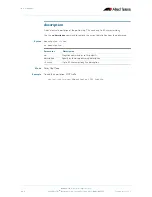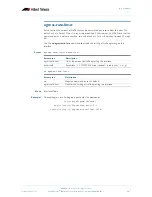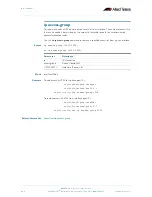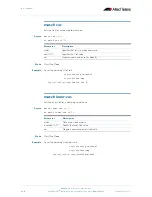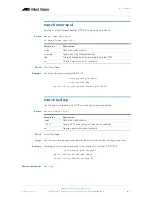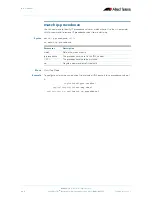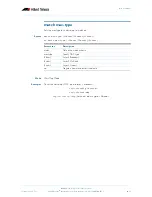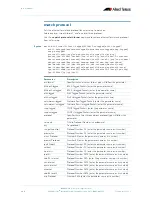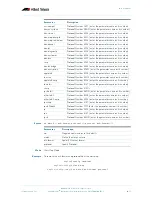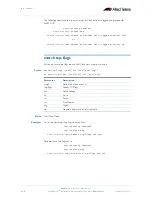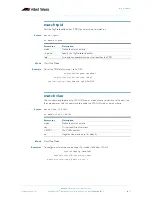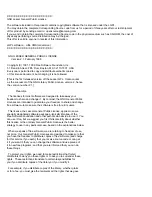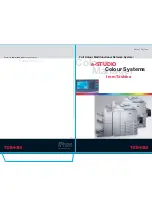
QoS Commands
©2008 Allied Telesis Inc. All rights reserved.
40.20
AlliedWare Plus
TM
Operating System Software Reference C613-50003-00 REV E
Software Version 5.2.1
A single-rate policer is based on three values. These are:
■
average rate (or Committed Information Rate CIR)
■
minimum burst (or Committed Burst Size CBS)
■
maximum burst (or Excess Burst Size EBS)
Traffic is classed as green if the rate is less than the combined CIR plus CBS values. Traffic is
classed as yellow if the data rate is between the CBS and the EBS. Traffic is classed as red if the
rate exceeds the average rate and the EBS.
A dual-rate policer is based on four values. These are:
■
average rate (or Committed Information Rate CIR)
■
minimum burst (or Committed Burst Size CBS)
■
maximum burst (or Excess Burst Size EBS)
■
Excess Information Rate (EIR)
Traffic is classed as green if the rate is less than the CIR and CBS. Traffic is classed as yellow if
the rate is between the CBS and the EBS. Traffic is classed as red if the rate exceeds the
average rate and the EBS.
Using an exceed-action of
drop
will result in all packets classed as red being discarded.
When using an exceed-action of
policed-dscp-transmit
the packet will be remarked with the
values configured in the policed-dscp map. The index into this map is determined by the DSCP
in the packet. If a DSCP index is to be forced regardless of the packet DSCP the ’set dscp’
command can be used to achieve this. If no DSCP is present in the packet an index of 0 will be
used.
Examples
This example shows a single rate meter measuring traffic of 10 Mbps that drops any traffic
bursting over 1024 bytes. Note that the minimum burst rate is given the value of 512 bytes. :
Related Commands
mls qos map policed-dscp to
policy-map
police aggregate
show mls qos aggregate-policer
show mls qos maps policed-dscp
awplus#
config terminal
awplus(config)#
policy-map name
awplus(config-pmap)#
class classname
awplus(config-pmap-c)#
mls qos aggregate-police ap1 single-rate
10000 512 1024 exceed-action drop

